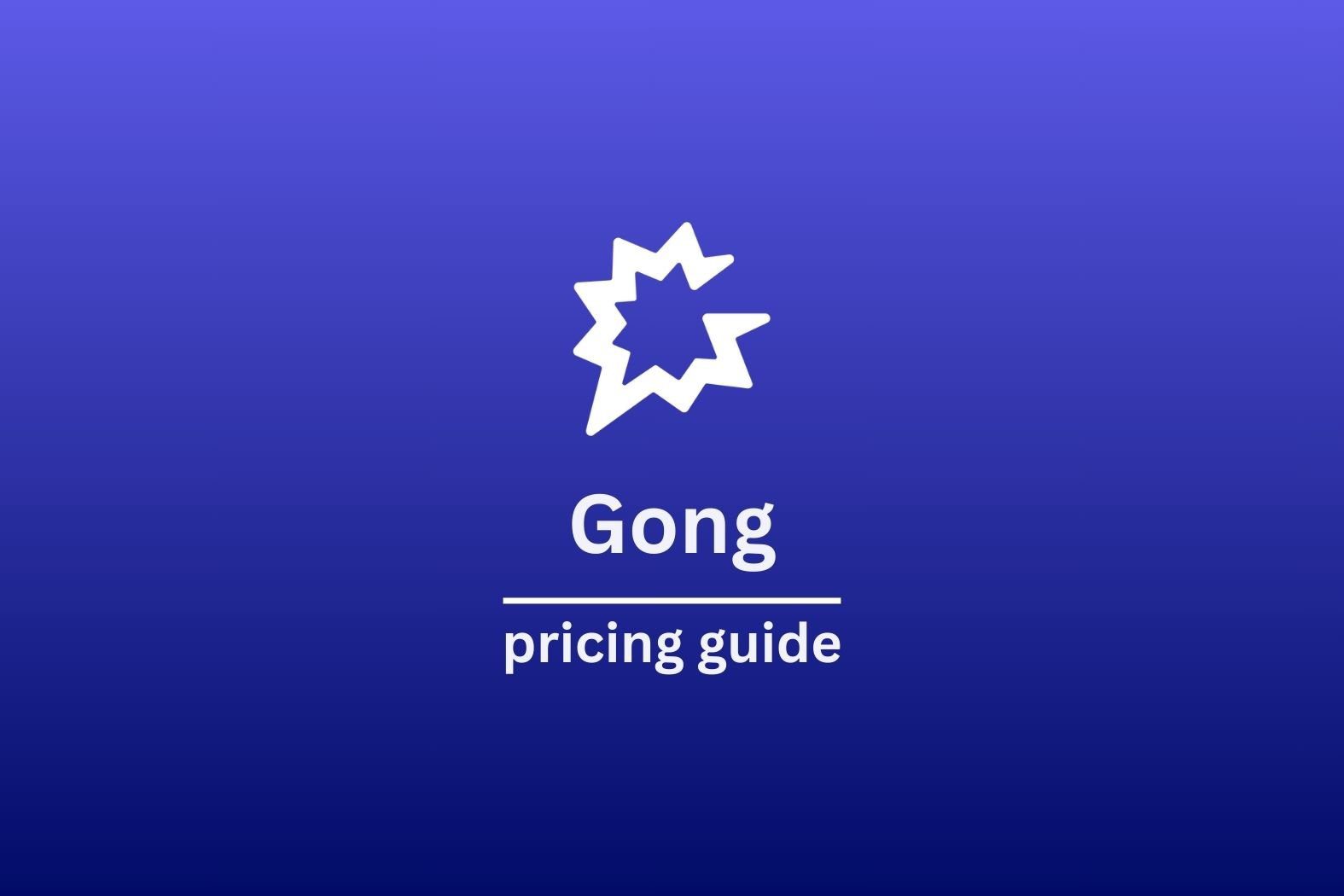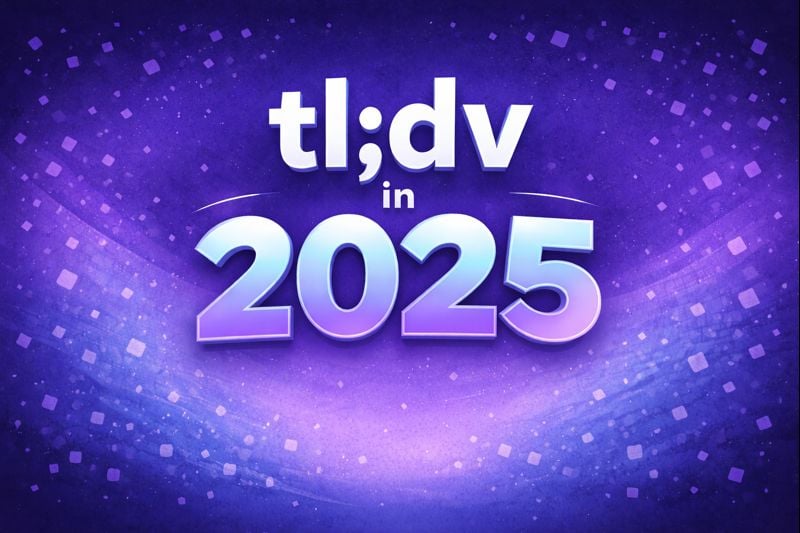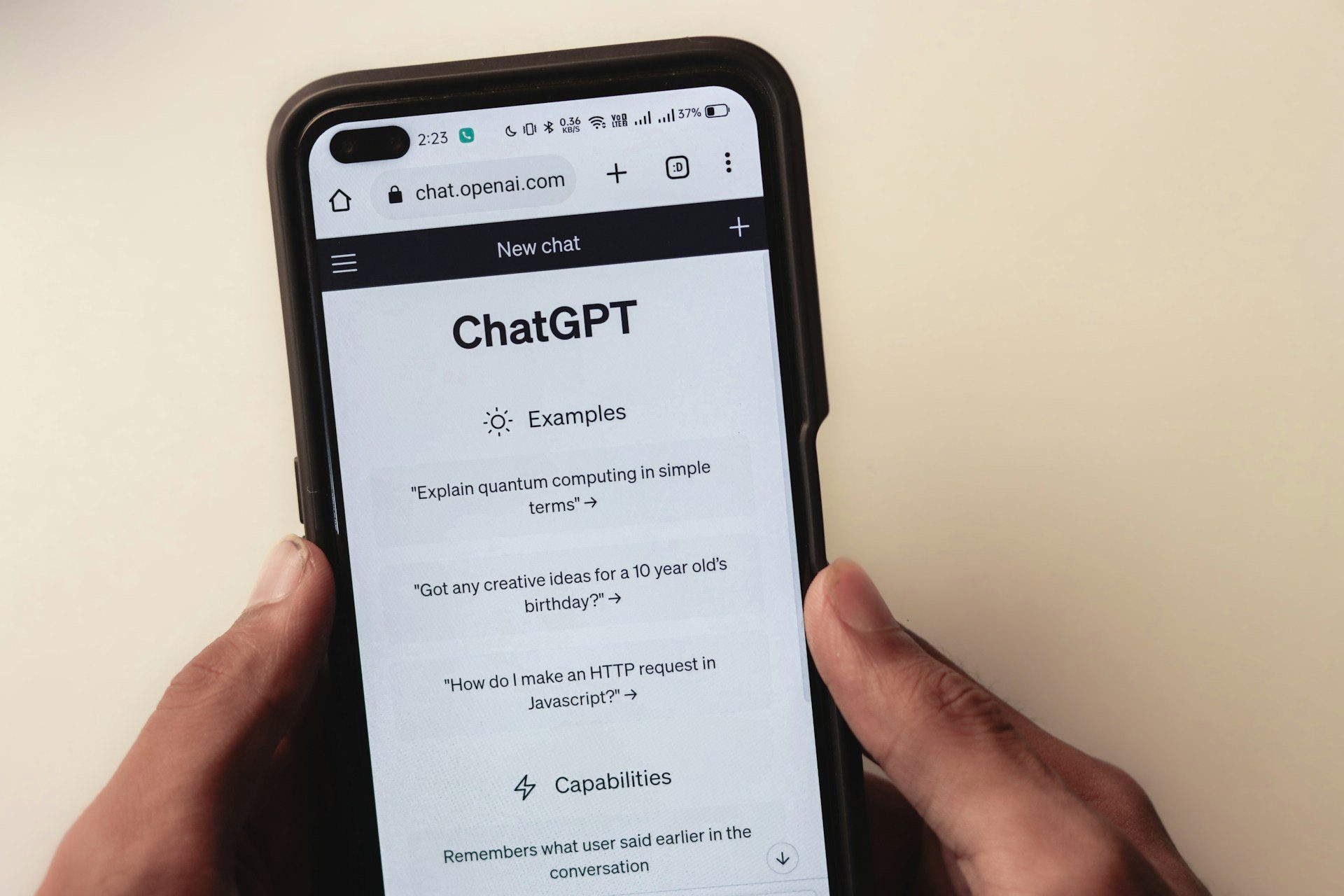We have all been subject to the age-old tradition of gathering a group of individuals in a room armed with stale pastries, lukewarm coffee, and a hefty dose of skepticism.
It’s called… a meeting. Yuk.
It’s the ultimate test of endurance, patience, and the ability to look deeply engaged while internally debating whether you left the stove on at home. But fear not, dear product managers! It is actually possible to transform the dreaded meeting into a well-oiled productivity machine. The secret? A well-structured meeting agenda.
@tldv.io Whoever the blackshirt manager is. He’s a numpty #workfromhome #missedmeetings #asynch
♬ original sound - tldv.io - AI Meeting Recorder
You see, a meeting without an agenda is like a ship without a captain. This is where the agenda comes in – not just a list but a structured program that outlines your meeting’s aim, topics, time limits, and participants.
A well-constructed agenda should be seen as a navigation chart, directing the flow of your meeting, dictating its pace, and guiding its participants toward the end goal. Just as a captain can’t sail without charts, a meeting can’t run without an agenda.
Think about it – your agenda sets the tone, the direction, and the momentum. It’s like the wind in the sails, the current in the sea, pushing your ship – your team – forward. It’ll float aimlessly, at the mercy of the wind and waves, with a high chance of crashing into an iceberg or being hijacked by pirates. But a well-structured agenda is like a masterful captain with a detailed map, leading the crew through uncharted waters toward a treasure chest full of productivity gold. ARRRRR!

Now, we know what you’re thinking. “But I already spend hours creating beautiful PowerPoint presentations to dazzle my team!” Well, those are great, but they’re just the tip of the iceberg. Having an agenda in place ensures that your meeting stays on track, focuses on high-priority topics, and keeps everyone engaged. Plus, it can make your dazzling PowerPoint presentation look even BETTER.
And what’s a well-structured agenda without some handy-dandy note-taking tools to enhance its use? You wouldn’t bring a butter knife to a sword fight, so why rely on old-fashioned pen and paper when there are fantastic tech tools available? These tools not only help you create and share agendas with ease, but also aid in keeping everyone on the same page – or screen, in this case.

So, strap on your captain’s hat, embrace the power of the meeting agenda, and watch as your team sails smoothly towards increased efficiency and productivity.
The Fundamentals of a Meeting Agenda
Ahoy, me hearties! Welcome to the mystical land of Meeting Agenda Fundamentals. Ye shall find no dragons ‘ere, but we be sailin’ through the treacherous seas of boredom and inefficiency, so keep an eye on the horizon as we navigate these murky waters.
1. The Purpose: Yo-Ho-Ho and a Bottle of Clarity
First and foremost, a meeting agenda is the treasure map to a focused and time-efficient gathering. It outlines the meeting’s purpose and helps all attendees come prepared. With a clear purpose in hand, you can fend off the dreaded productivity kraken and sail towards the island of success.

2. The Topics: X Marks the Spot
A proper agenda is incomplete without a list of the topics to be discussed. This is the very heart of the treasure map – the X that marks the spot where the booty lies. Arranging the topics logically and allocating time for each helps keep the conversation on course and prevents the meeting from drifting into the Bermuda Triangle of endless tangents.
3. The Participants: All Hands on Deck
When creating an agenda, it is important to know who be attending the meeting. The crew list ensures that everyone relevant is on board and that the necessary expertise is present. Assigning roles and responsibilities to the participants keeps the meeting shipshape and helps avoid mutinies or the occasional plank-walking.
4. The Time: Dead Men Tell No Tales, but Late Men Waste Everyone’s Time
While we are all busy pirates with many a plunder to plan, so its crucial to respect the time of each crew member. Starting and ending meetings on time, sticking to the allotted time for each topic, and having a timekeeper on deck helps to ensure that your meeting doesn’t become a dreaded time sink.

5. The Follow-Up: The Spoils of a Productive Voyage
The journey doesn’t end when the meeting is over. Its important to document the decisions made, action items assigned, and deadlines agreed upon during the meeting. This ensures that everyone has a clear understanding of the course ahead and helps bridge any communication gaps. Sending out a follow-up email (or message in a bottle) with the meeting’s highlights can be a gentle reminder of the treasures gained and the path ahead.
Crafting Your Meeting Agenda
Pirate humor aside, crafting an efficient meeting agenda doesn’t require a treasure map, a parrot on your shoulder, or a peg leg.

In fact, it’s much simpler than that. When devising a meeting agenda, it is essential to take into account the unique needs and priorities of your company, team, or even as an individual. This will not only ensure that the agenda is tailored to your specific requirements but also help maximize the effectiveness of the meeting itself.
To begin, reflect on the goals and objectives of the company or team. What are the current priorities and challenges that need to be addressed? By identifying these key areas, you can develop an agenda that focuses on the most pertinent topics and helps drive progress. For instance, if your team has recently launched a new product, discussing its performance, customer feedback, and potential improvements could be a high-priority agenda item.
Next, consider the preferences and working styles of the meeting participants. Are there any topics that are best discussed in smaller groups or one-on-one? Do certain team members prefer to have more time for brainstorming or debate? By incorporating these preferences into the agenda, you can foster an environment that encourages open and productive communication.
Additionally, take into account any time-sensitive matters or deadlines that need to be addressed. Arranging the agenda in such a way that these topics are discussed early on can help ensure that any necessary actions are taken in a timely manner and prevent last-minute panic.
Lastly, remember to strike a balance between structure and flexibility. While it’s important to have a clear agenda, leaving some room for unexpected discussions or ideas can lead to valuable insights and problem-solving opportunities.
Crafting an effective meeting agenda goes beyond simply listing topics and assigning time slots. By taking into account the unique needs and preferences of your company, team, and individual participants, you can create an agenda that drives productivity, fosters communication, and ultimately leads to more successful meetings.
Maximizing Your Meeting Agenda with Automatic Note-taking Tools
Even if you have a rock solid agenda, are you tired of scribbling like a caffeinated squirrel in your tiny notebook, desperately trying to catch every word uttered during a meeting?
Fear not, for the era of automatic note-taking tools has arrived to save you from your handwriting woes!

In a world where remote meetings have become as common as mismatched socks, the demand for technology that facilitates efficiency and collaboration has skyrocketed.
Enter tl;dv, the AI meeting assistant, your new secret weapon to make every meeting as productive as a beehive on a sugar rush.
This nifty tool harnesses the power of automatic transcription, which means that even the fastest talker in your team can’t outpace its note-taking prowess. Gone are the days of squinting at your scribbles, trying to decipher if you wrote “sales targets” or “snails in target.” With tl;dv, you get crystal-clear text capturing every golden nugget of wisdom shared in your meetings.
But wait, there’s more! This magical meeting marvel also boasts timestamping, keyword tagging, allowing you to sift through and find relevant information faster than a cheetah on roller skates. No more wading through pages of notes to locate that one brilliant idea someone had (you know, the one about the thingamajig that will revolutionize your industry).

Now, let’s talk about real-time collaboration. Like a well-choreographed flash mob, tl;dv allows you and your team to work in harmony, editing and annotating meeting notes as you go. This feature enables you to capture everyone’s input and ensure nothing slips through the cracks, like those pesky gremlins that always seem to vanish when you mention them during meetings.
tl;dv as an automatic note-taking tool is here to give your meeting agendas a serious upgrade. By embracing these technologies, you’ll not only maximize meeting productivity, but also free yourself from the tyranny of illegible handwriting and missed details.
Well-structured meeting agendas and advanced tools like tl;dv are paramount for efficient and productive meetings. Meetings can achieve optimal outcomes by tailoring agendas to unique requirements, fostering open communication, and striking a balance between structure and flexibility.
Utilizing automatic note-taking tools like tl;dv further enhances productivity and collaboration. As a special treat, we’re offering FREE MEETING AGENDA TEMPLATES below to elevate your meeting experience. It’s ok, we know we’re awesome. All we ask is that you download tl;dv for free, and watch these templates work even better, revolutionizing your meetings!
Bonus: Free Meeting Agenda Templates to Lift
Project Kick-off Meeting Agenda Template
Introduction (10 minutes)
Welcome attendees
Briefly explain the purpose of the meeting and project
Project Overview (20 minutes)
Detailed description of the project
Define project goals and objectives
Team Introductions (10 minutes)
Introduction of project team members
Overview of each team member’s role
Scope and Deliverables (15 minutes)
Discuss the project’s scope
List and describe project deliverables
Project Timeline (15 minutes)
Discuss key milestones and deadlines
Review project timeline
Risks and Challenges (10 minutes)
Highlight potential risks and challenges
Discuss risk mitigation strategies
Q&A and Feedback (10 minutes)
Open floor for questions and suggestions
Conclusion and Next Steps (10 minutes)
Recap main points and assign tasks
Discuss date and focus of next meeting
Sprint Planning Meeting Agenda Template
Introduction (5 minutes)
Welcome participants
Briefly recap last sprint’s achievements
Review of Previous Sprint (15 minutes)
Discuss completed tasks and achieved goals
Review challenges and lessons learned
Product Backlog Review (20 minutes)
Go through the product backlog
Discuss and prioritize tasks for next sprint
Sprint Goals (15 minutes)
Define the goal of the upcoming sprint
Discuss how it aligns with overall project goals
Task Breakdown (30 minutes)
Break down tasks into manageable pieces
Estimate time and resources for each task
Assign Tasks (10 minutes)
Assign tasks to team members
Ensure everyone understands their responsibilities
Q&A and Feedback (10 minutes)
Open floor for questions and suggestions
Conclusion and Next Steps (5 minutes)
Recap main points and tasks
Discuss date and focus of next meeting
Sales Meeting Agenda Template
Introduction (5 minutes)
Welcome attendees
Briefly explain the purpose of the meeting and sales targets
Sales Performance Review (20 minutes)
Recap last period’s performance metrics
Discuss successful strategies and areas of improvement
Product Updates (10 minutes)
Share updates on products/services
Highlight new features or updates relevant to the sales team
Market and Competitor Analysis (15 minutes)
Share key market trends and developments
Discuss competitor strategies and responses
Sales Targets and Forecast (15 minutes)
Set and discuss sales targets for the next period
Review sales forecasts
Challenges and Solutions (15 minutes)
Discuss current challenges in sales processes
Brainstorm solutions or strategies
Training and Development (10 minutes)
Discuss any new training materials or sales techniques
Share professional development opportunities
Q&A and Feedback (10 minutes)
Open floor for questions and suggestions
Conclusion and Next Steps (10 minutes)
Recap main points and tasks
Discuss date and focus of the next meeting





